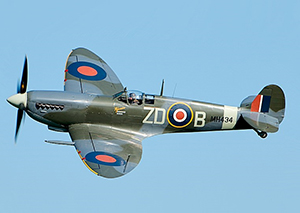A brief history of vacuum forming.
09 January 2024
Vacuum forming has its roots in Birmingham, England, in 1855 when Alexander Parkes used steam to shape celluloid.
 John Wesley Hyatt, considered the father of modern plastics, expanded on this work in the 1870s using steam and steel moulds, leading to the production of toys, bottles, and relief maps.
John Wesley Hyatt, considered the father of modern plastics, expanded on this work in the 1870s using steam and steel moulds, leading to the production of toys, bottles, and relief maps.The technique gained traction before, during, and after World War II due to the demand for lightweight and durable synthetic materials. Thermoforming patents were filed in the 1940s by individuals like H.L Helwig and R.E. Leary.
In 1947, G.W. Borkland patented a vacuum forming machine, contributing to its technological progress. Post-war prosperity in the late 1940s saw the development of materials like Polyethylene Terephthalate (PET), commonly used in packaging today.
The application of vacuum forming expanded to various industries, with household products gaining momentum. The 1938 invention of the reel-fed thermoforming machine by the Klaus B Strauch Company significantly increased production speed.
The aircraft industry also embraced vacuum forming, notably in the design of the Spitfire aircraft's cockpit in 1936, utilizing lightweight acrylic in what became known as the "Malcolm Hood."
The 1960s marked a consumer-focused era, witnessing the development of various thermoplastics with improved properties. Today, vacuum forming remains a crucial part of the plastic industry, incorporating advancements in technology, design, and a wide array of materials.
Other Press Releases By This Company
- 12/02/2024 - Component trays /Transit tray
- 13/11/2023 - Some insight into vacuum forming and the process.
- 03/08/2023 - Component Parts
- 11/05/2022 - Protective Packaging
- 14/02/2022 - Design issue advice to help with vacuum and Pressure forming parts
- 08/12/2021 - What do you need to consider during the vacuum forming process?
- 10/11/2021 - A little insight into basic prototyping vacuum forming flow
- 08/10/2021 - The advantages of plastic
- 28/04/2020 - Plastics By Design Ltd Leads the Way to Provide Face Shields for the NHS Nurses Tackling Coronavirus




